Soju is a traditional Korean alcoholic beverage, whose taste resembles that of traditional vodka. The ABV in soju is typically around 20% but it may vary from 16 - 35%.
Soju is made from rice but some current manufacturers add sweet potatoes or grain (wheat, barley) to the recipe. Soju is transparent and colorless.
In Korea this is the main alcoholic beverage. Even though whiskey, beer and vodka are gaining serious popularity, soju remains the most consumed beverage in Korea - mainly due to its availability and low price.
A fun fact, more than 3 billion bottles of soju were consumed in South Korea in 2004. Two years later, it was calculated that the average Korean drank 90 bottles of soju in 2006.
Soju is seen as the Korean equivalent to Japanese sake. The leading producer of soju - Jinro, registers significant sales, while the popularity of the drink continues to grow.
The beverage is exceptionally popular in certain regions of Asia but is it possible for it to solidify its place in other parts of the world? This Korean vodka has all the chances of accomplishing this thanks to its taste.
History of Soju
Soju first appeared around the year 1300 during the Mongolian invasions. The Mongols brought the technique of distillation with them, which they learned from the Persians, during their conquests in Central Asia.
After the end of the Korean War (1950-1953) and the ensuing economical crises, the Korean government, on 2 separate occasions (in 1965 and 1991), banned the direct use of pure grain for the traditional method of soju production.
This was done with the goal of controlling the expenditure of grain in the economically difficult times. Production of this drink continues to suffer from these measures to this day because producers were gradually forced to use ethyl alcohol and to add various artificial flavors.
Today, the government of the Republic of Korea is trying to establish control in the production of soju and bring back the traditional methods but about 35% of all produced beverages are still made in this way.
A curious fact that shows how deeply soju has become ingrained in Korean culture is that in 1995 they created a museum dedicated to soju, whose purpose was to educate about the drink's origins, its production process, about Korean alcoholic beverages, as well as the continuity of the different kinds of alcohol.
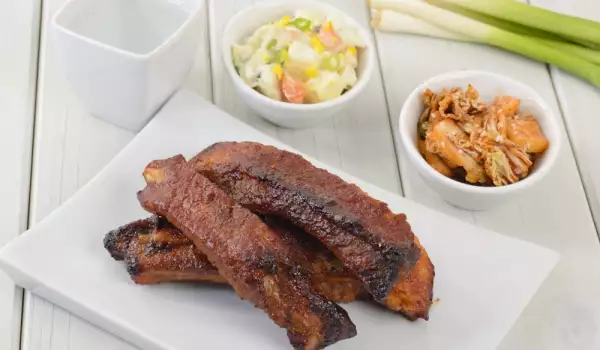
The museum also allows visitors to taste the beverage. It's located in Andong, South Korea. The soju museum is also connected to the museum of traditional foods, so visitors can learn about foods typical of the region.
Serving Soju
Usually, soju is consumed pure. It's typically poured into very small glasses - 1 2/3 tbsp - 3 1/3 tbsp. It's customary to pour the drink with both hands, while using just 1 is even considered a sign of disrespect and in bad taste. Soju tastes best when served ice cold.
Whenever younger people are drinking in the company of older ones, the former must always turn to the side when taking a sip. If they don't, this is also seen as bad manners and lack of respect. The typical appetizer for soju is fish or meat.
Soju is rarely used to make cocktails, even though in recent years this trend has also been seen. Soju is often mixed with Sprite, tonic or syrup.
The addition of various flavors gives soju the taste of melon, watermelon or lemon. Among Korean men, a particularly popular variation is poktanju - 1 2/3 tbsp or 3 1/3 tbsp of soju are poured into a large mug of beer and it's drunk all in one hit.
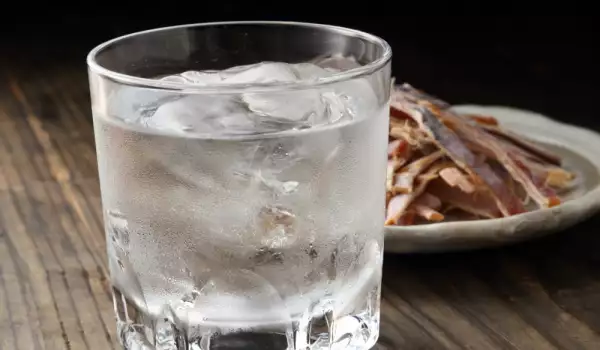
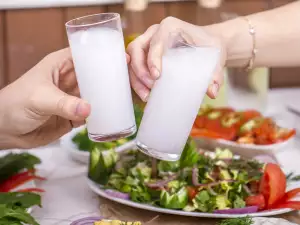

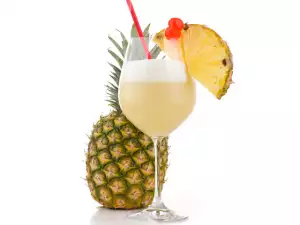
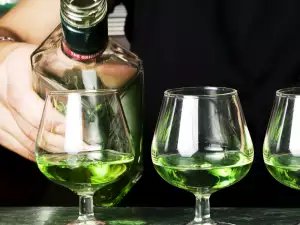

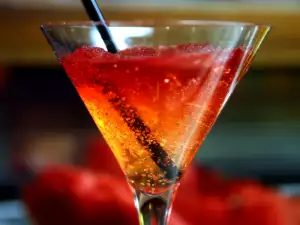
Comments